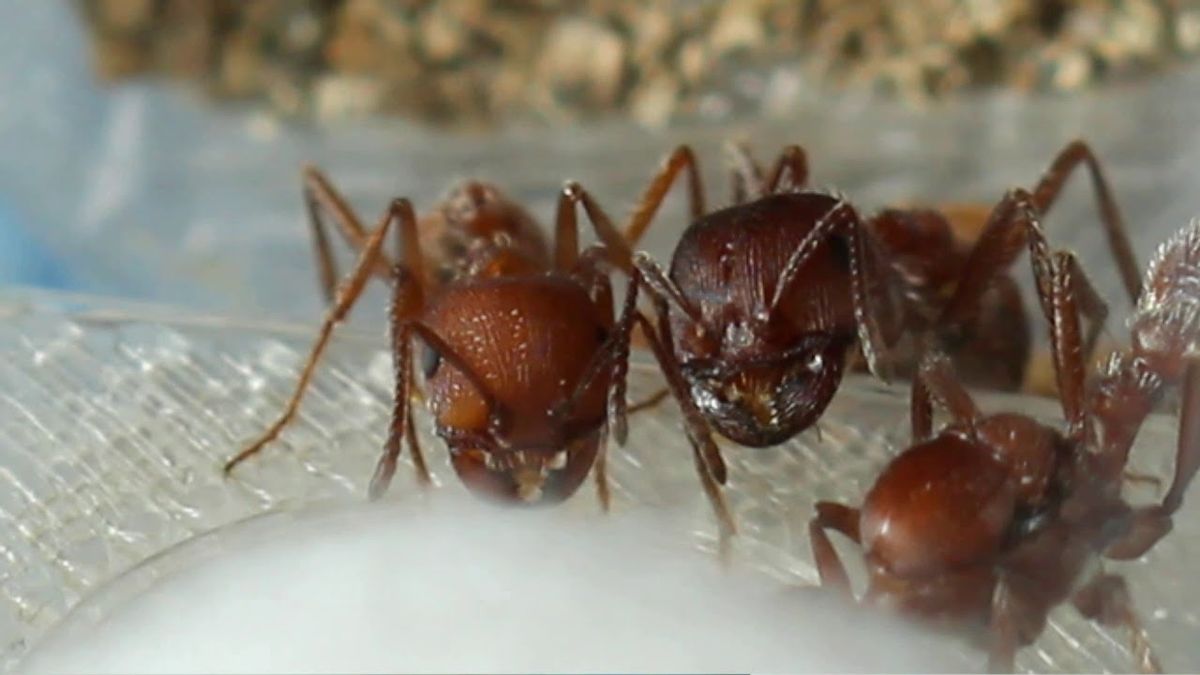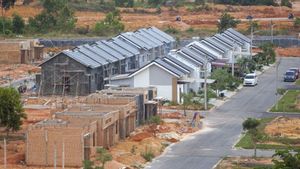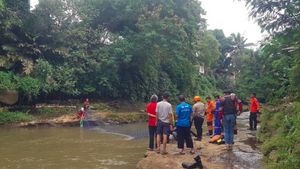JAKARTA - Ant colonies can create houses and tunnels several meters underground that harbor millions of insects and last for decades. Though the tunnel was made without the use of machines and reinforcing materials.
The secrets of this impressive architectural structure were uncovered by three-dimensional X-ray imaging and computer simulations and could be used to develop robotic mining machines.
José Andrade at the California Institute of Technology and his colleagues create miniature ant colonies in containers that hold 500 milliliters of soil and 15 western harvesting ants (Pogonomyrmex occidentalis). The positions of each ant and each soil grain were then captured by high-resolution X-ray scans every 10 minutes for 20 hours.
The X-ray results gave researchers precise details about the shape of each tunnel and which grains were removed to create it. The team then created a computer model using the scans to understand the forces acting on the tunnels.
The size, shape, and orientation of each grain are recreated in the model and the direction and size of the forces on each grain can be calculated, including gravity, friction, and cohesion caused by moisture. This model is accurate with a scanner resolution of 0.07 millimeters.
The results show that forces in the soil tend to wrap around the tunnel axis as the ants dig, forming what the team calls "curves" in the soil that are larger in diameter than the tunnel itself.
This reduces the load acting on the soil particles inside the arch, where the ants build their tunnels. As a result, the ants can easily remove these particles to extend the tunnel without causing it to collapse. The arch also makes the tunnel stronger and more durable.
"We naively thought the ants might be playing Jenga, they were knocking, maybe shaking the grains, maybe they were even grabbing the least resistant grains", Andrade said.
He says it's now clear that the ants seem to know nothing about power and show no signs of making decisions, but rather follow a very simple behavioral algorithm that has evolved over time.
Ants tend to dig relatively straight tunnels that descend at an angle of repose – a slope where granular material naturally forms mounds – which in this case is about 40 degrees. They also choose the right grain to remove to create a protective arch on top.
SEE ALSO:
"In an extraordinary way they found an excavation technique that conforms to the laws of physics, but is very efficient", Andrade said.
The team believes that if the behavioral algorithm can be further analyzed and eventually replicated, then it could find applications in automated mining robots. Neither on Earth nor on any other planet where the already risky mining business would be more dangerous for humans.
The English, Chinese, Japanese, Arabic, and French versions are automatically generated by the AI. So there may still be inaccuracies in translating, please always see Indonesian as our main language. (system supported by DigitalSiber.id)

















